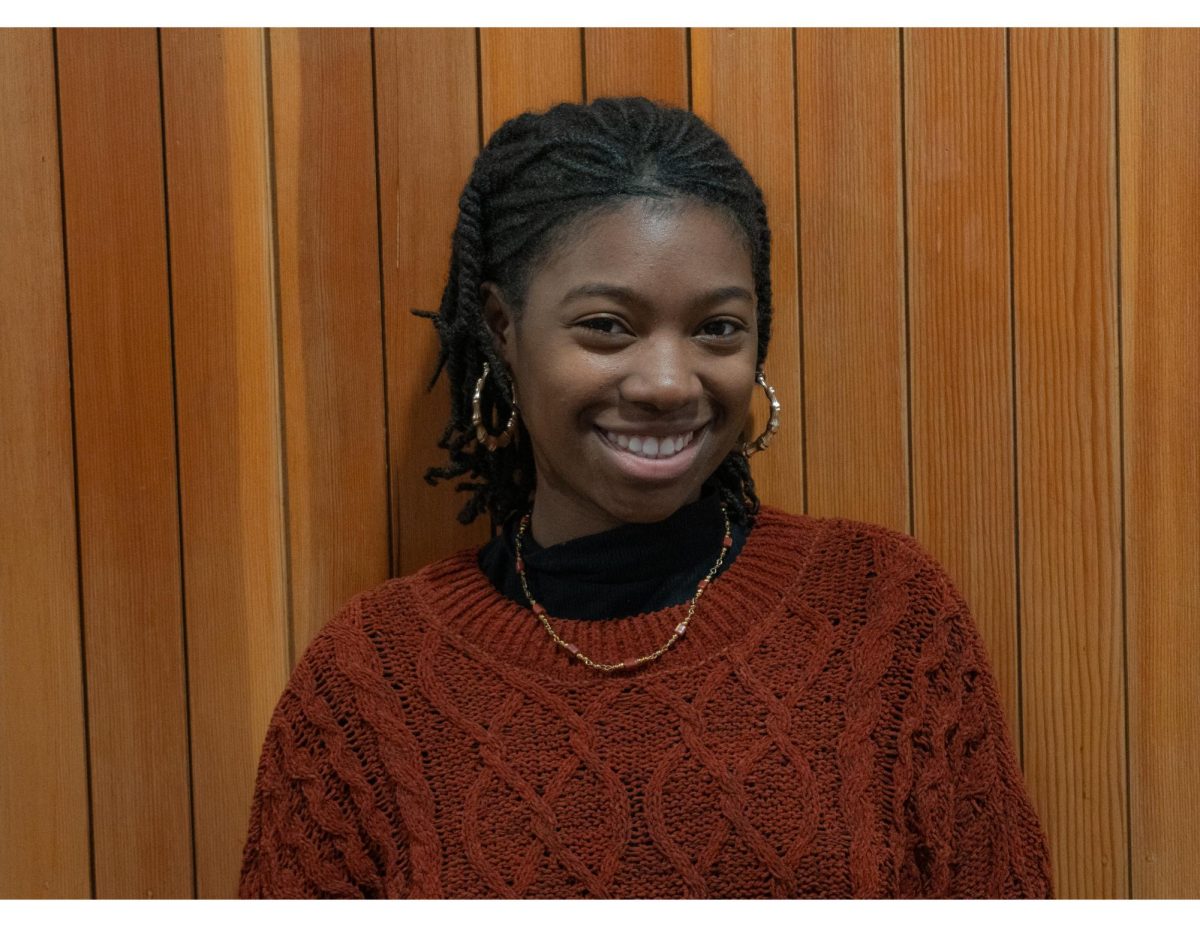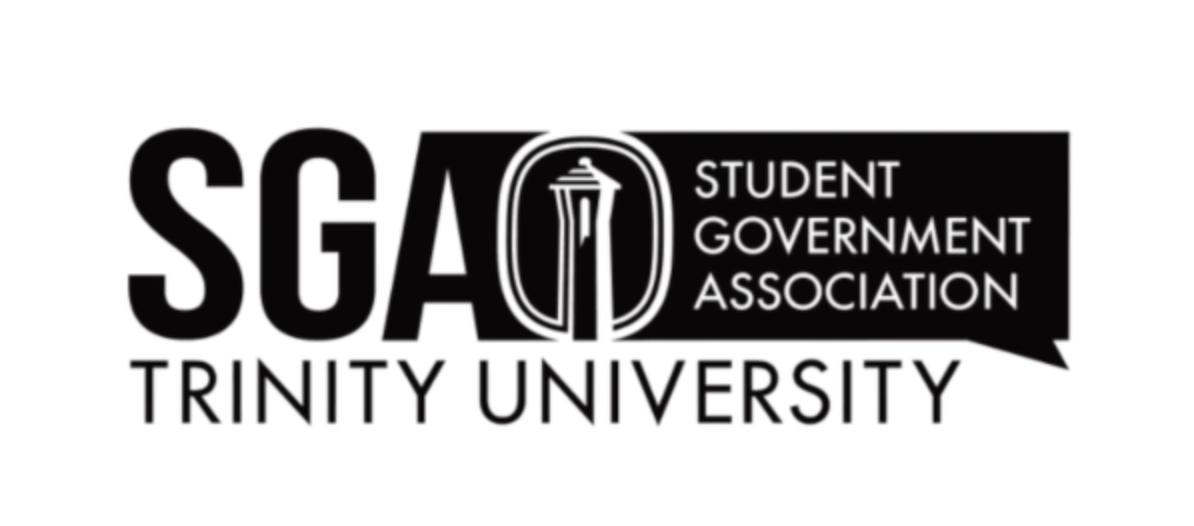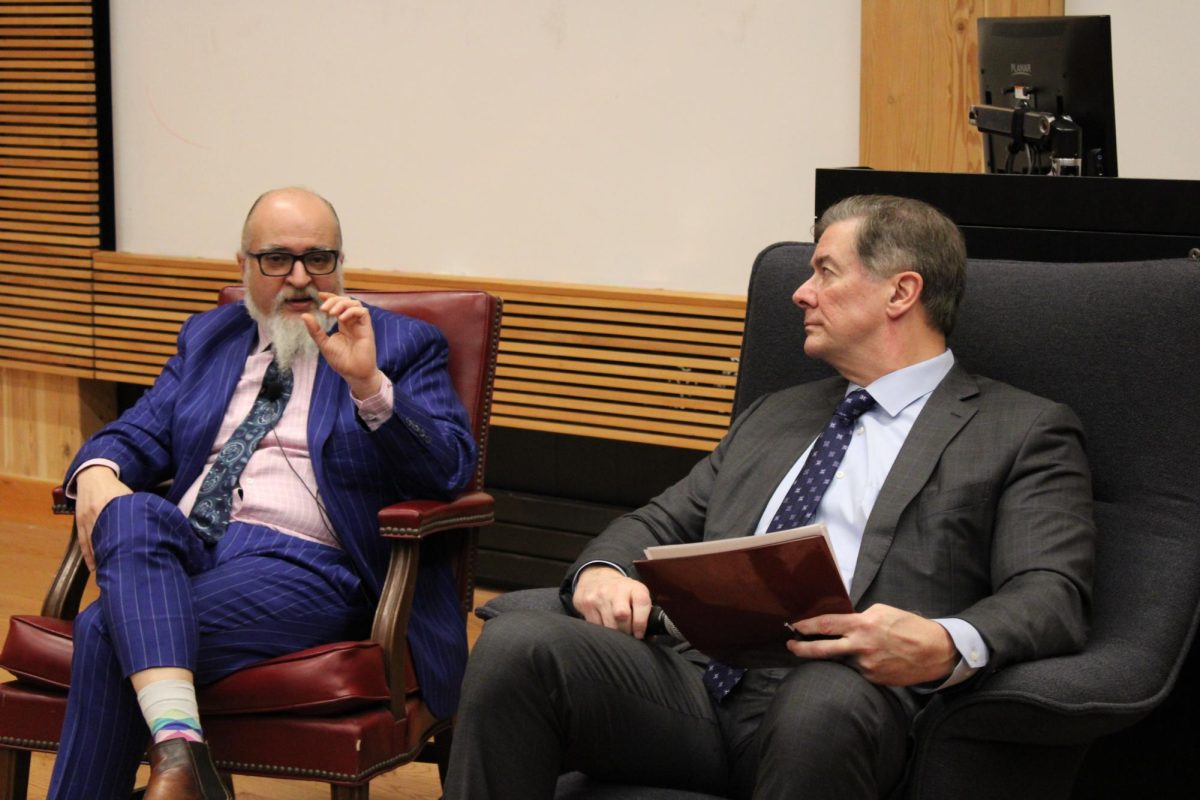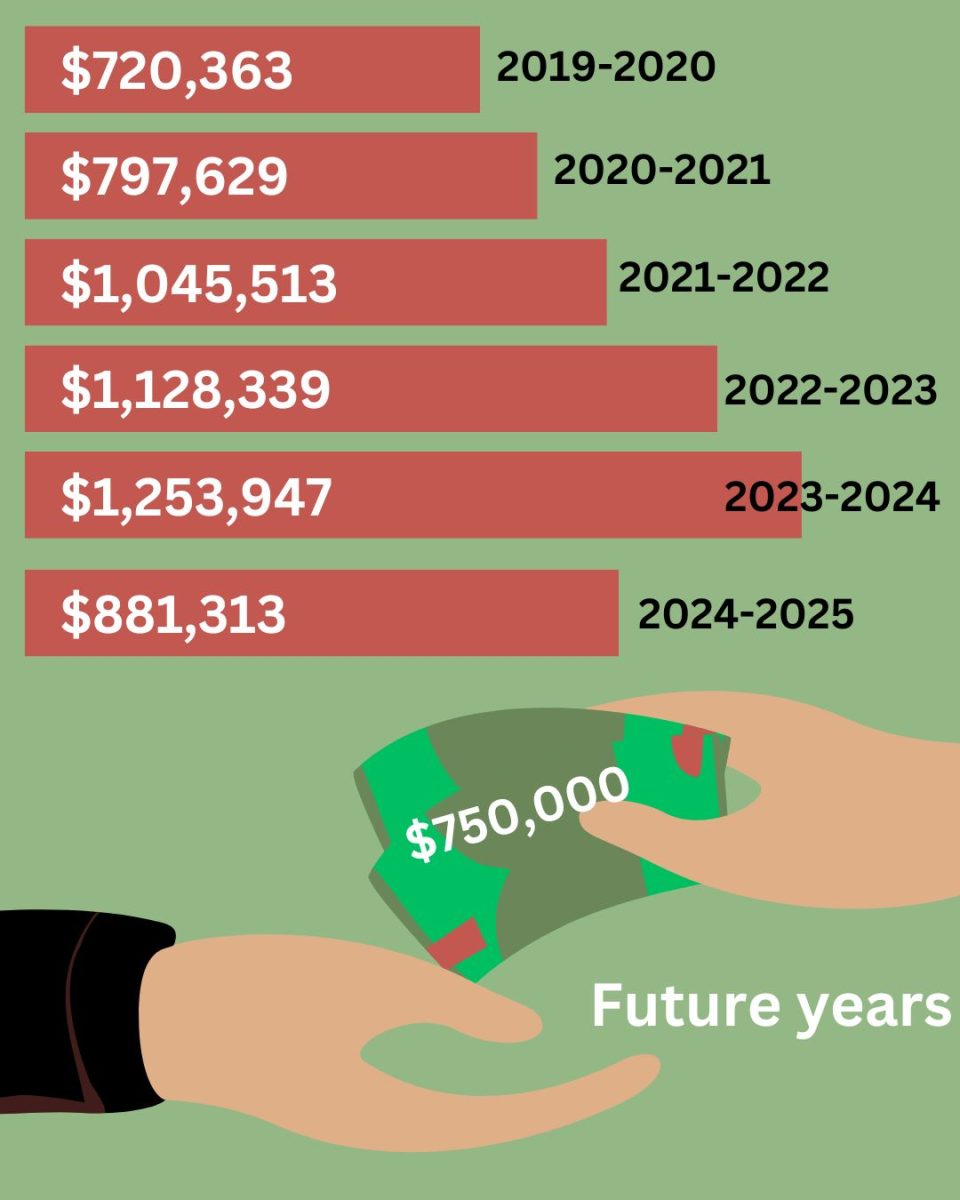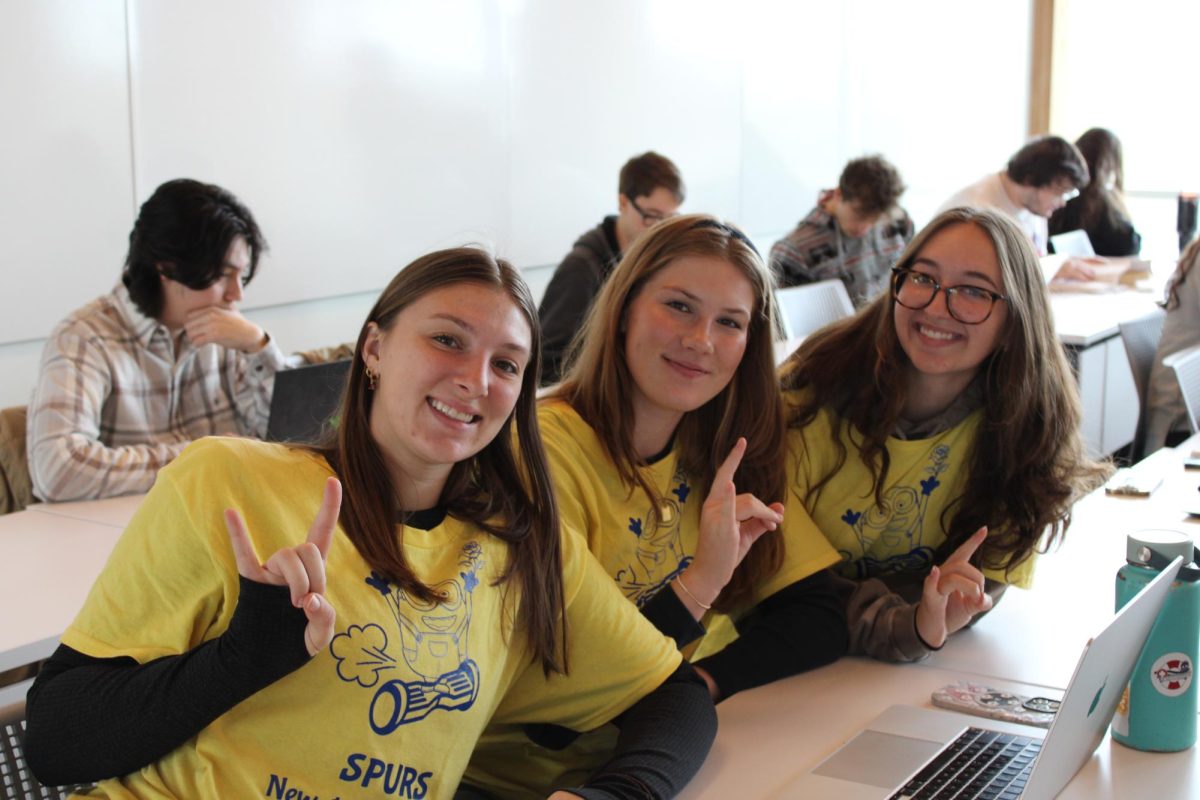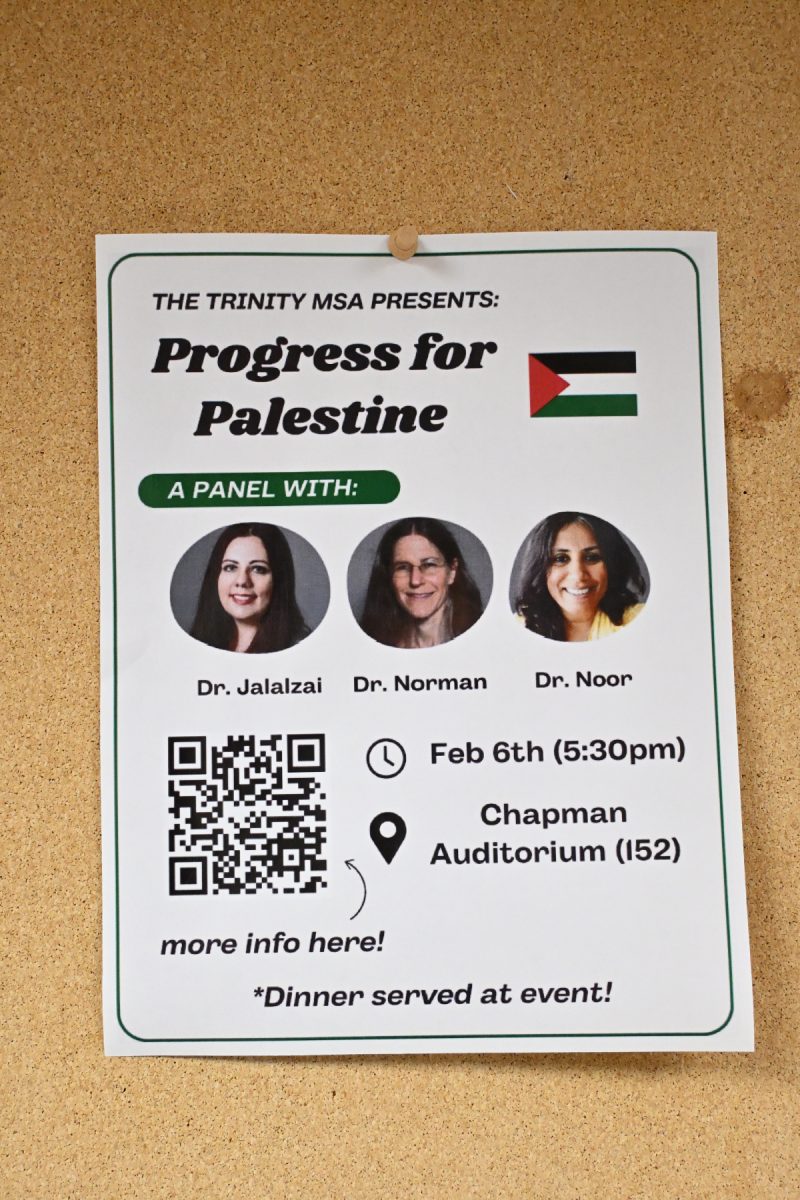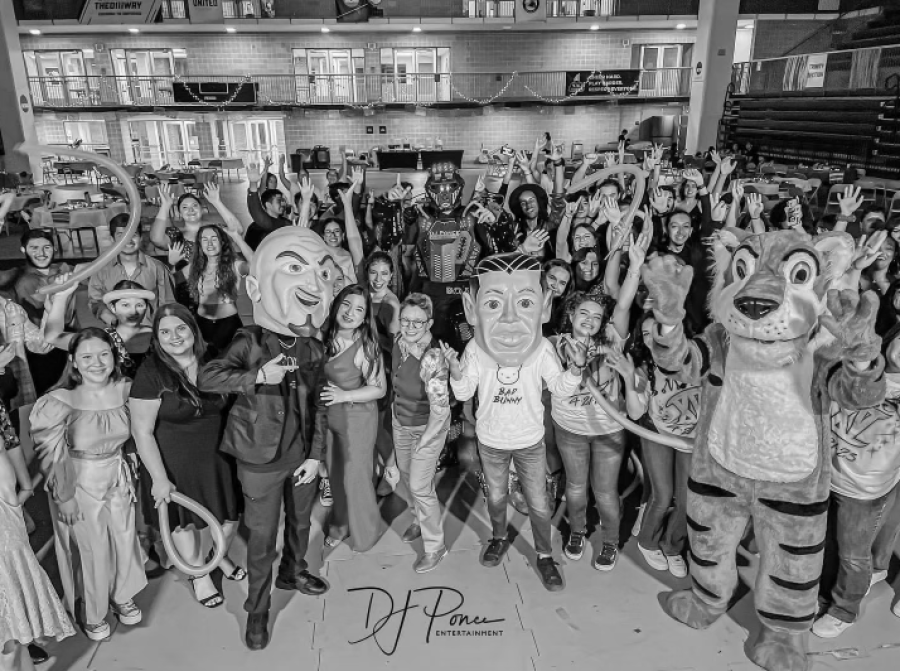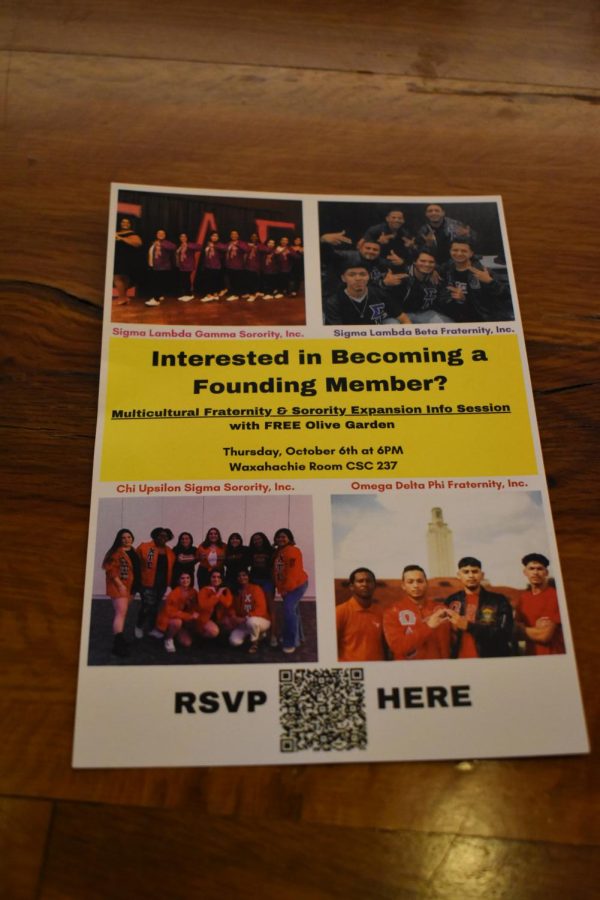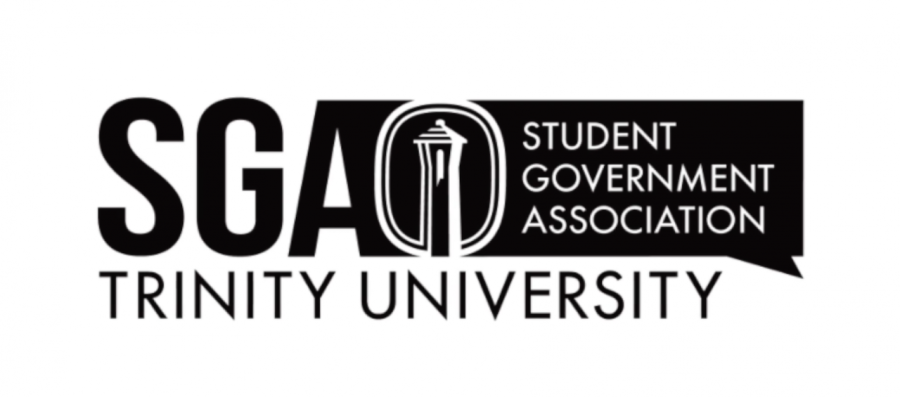This past week students, faculty, and staff began working on the Campus Master Plan. Students were put into focus groups, or Monday afternoon there was a campus-wide community forum.
According to the Trinity University Campus Master Planning website, “The Trinity Tomorrow strategic plan calls for the development of a campus master plan that will embody the values and goals of our strategic roadmap, while establishing criteria to guide decisions for renovations, space usage, and new construction in the coming decades.”
Students should know that while the creation of the Master Plan should not take more than a year to complete, the implementation is long-term.
“The number one thing is that it’s a long-range plan. And that’s sort of good news and bad news. When the plan is finished, it could take as long as 30 years to implement the entire thing,” said Diane Graves, assistant vice president for information resources and the committee chair for the Campus Master Plan.
While the implementation will be complete long after today’s students have graduated, the Master Plan is expected to be finished by May.
“Fall will really be dedicated to sort of the investigation part of the thing, really getting info and making sure all perspectives are represented. Winter will be them sort of trying out different ideas. That’s when we’ll start to see some of the what-ifs. What if we did X? Would it hurt if we moved this over here? What would that be like? And if people are sort of like “oh my god no” they know that’s a non-starter. The idea for bringing in people like that is to bring in someone with a fresh eye. And then by sort of the spring months, so you know April and May and late-March, we’ll be looking at almost final plans and that’s when people will sort of react,” said Graves.
The Master Plan, which is required by Trinity Tomorrow, will look at what students need for a modern liberal arts education.
“I do think that one of the things that we’re doing is looking at the Master Plan and thinking about how will spaces be created to accommodate some of the elements of the strategic plan,” said Graves. “And also thinking about what is the nature of residential liberal arts education now? And how can the campus reflect that and sort of hold up the values of that? How can a campus’ geography, essentially, make that work even better than it does now?”
Students were put into different groups ranging from international students to student leaders and first year students to seniors living off campus. They discussed the strengths and weaknesses of campus surrounding issues like housing, food and parking. The information will be used to construct the Master Plan.
“At this point they’re really just gathering information. The risk you run with throwing ideas out there is people saying, “˜Oh they’re going to do this.’ I don’t think they’re at that point yet,” Graves said.
Student involvement has been highly encouraged throughout the process of gathering information for the Master Plan. Besides the focus groups there is an internship offered through Hire-a-Tiger and opportunities to assist in data gathering. Students will also receive email surveys regarding their thoughts on campus.
“I do know that there will be at least two student surveys coming out this fall. And I think one is specifically about housing and the other is about sort of more general questions. We really, really hope students take time and participate in those because every voice counts in this and we really want all perspectives,” Graves said.
The future renovations to Trinity’s campus will be very welcome to fit a more modern university.
“If you think about it, when this campus was first designed, I would be willing to bet that they anticipated more commuters,” said Graves. “They had a lot of masters programs so those students wouldn’t be living on campus. There weren’t that many dorms. So some of the traffic patterns and the layout may have reflected what Trinity was like in the 50s and 60s, not what Trinity is like in 2015.”


